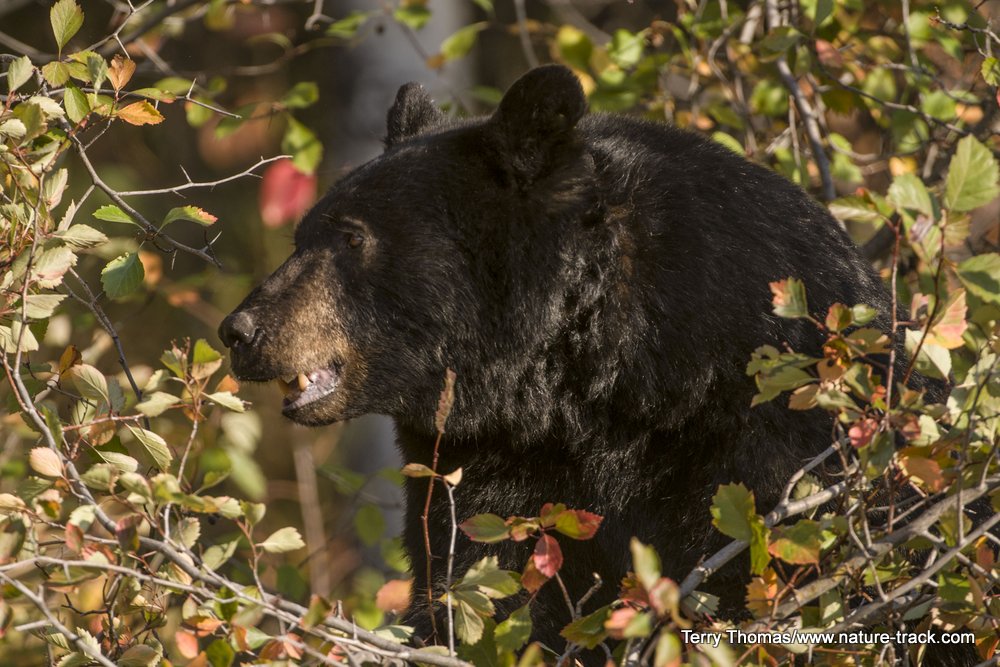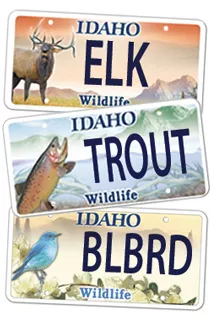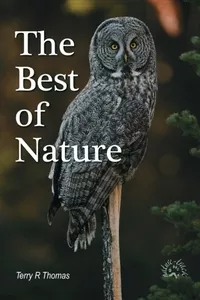Predator Attacks

Bears, along with mountain lions and wolves, are predators capable of killing humans. Attacks are rare, but you should be prepared.
After hearing about the wolf that attacked a family in their tent in Banff National Park, Alberta, Canada on August 8th, I checked the internet for an article on the attack. I was a bit surprised to find not just that attack, but several more from wolves, bears and mountain lions. Given the number of humans recreating in backcountry, the odds of an attack are slim, but it does happen and being prepared isn’t being paranoid.
This spring a 10-year-old boy, hiking with his family in Yellowstone, was attacked by a grizzly sow protecting her cub. His family was able to drive the bear off using bear spray. In grizzly country, that is the number one defensive weapon to carry. Now that I live in grizzly country, I carry one on walks, bike rides, fishing and hikes—just about everywhere I go.
Bear spray isn’t just for grizzlies though. I sprayed an attacking dog once and the dog found it quite effective. I wouldn’t hesitate to use bear spray on black bears, wolves, wild dogs, cougars and even moose. The effect will be the same on all of them.
Trail runners, joggers and mountain bikers are all at greater risk because their activity can spur a predatory response. A jogger was killed in 2017 in Alaska by wolves and this year a trail runner successfully fended off a mountain lion attack by strangling the cat. A few years ago, a cyclist was chased by a grizzly bear near Driggs. Be aware of your surroundings and carry bear spray. You might also check out the popular personal alarms that can blast out 130 decibel sound (about like a jet taking off).
Tents seem to be another vulnerability. The family in Banff were all asleep when the emaciated wolf attacked the tent and tried to pull the father out. In Colorado this year, a black bear attacked a camp counselor in his tent. Several years ago, a black bear in Utah pulled a sleeping boy from a tent and dragged him away to his death. I have even heard of several experiences where campers were bitten through the tent wall. All of these were predatory acts where the animal was intent on getting a quick meal.
When tent camping, I sleep away from the wall and with a weapon at hand. Even national parks allow firearms (they follow the rules established by the state in which they are in) for defense and even a knife or club is better than nothing. Whether the intruder is two or four legged, I intend to fight to the death to defend myself and my family. If the victim in Banff had had even a knife, he could have driven back the wolf. Fortunately, a neighboring camper showed up to help, but even he was empty handed. I would not like to use bear spray inside a tent, but the battle may not take place there and once outside, bear spray is also a good weapon.
With black bears, mountain lions and wolves, the rule is to always face the attack and to fight back. In Michigan this spring, a man was attacked from behind by a black bear. He successfully fought it off by stabbing it with his knife. Try to appear as big and as threatening as possible and like musk oxen, keep the children close.
Again, being prepared isn’t paranoid. It is no different than wearing your seatbelt—it just makes good sense when you play in wild lands.
Help Idaho Wildlife
When we traveled across the state in October 2017, most of the vehicles we saw using the wildlife management areas did not have wildlife plates. Buying wildlife plates is a great way for non-hunters and hunters alike to support wildlife-based recreation like birding.
C'mon folks, let's help Idaho's wildlife by proudly buying and displaying a wildlife license plate on each of our vehicles!
See below for information on Idaho plates. Most states have wildlife plates so if you live outside Idaho, check with your state's wildlife department or vehicle licensing division for availability of state wildlife plates where you live.
And tell them that you heard about it from Nature-track.com!

Wildlife License Plates
Great news! as of 2024, there are three NEW designs for license plates. They still are bluebird, cutthroat trout and elk, but they are beautiful.
Idaho Wildlife license plates provide essential funding that benefits the great diversity of native plants and wildlife that are not hunted, fished or trapped—over 10,000 species or 98% of Idaho’s species diversity. Game species that share the same habitats (such as elk, deer, antelope, sage-grouse, salmon, trout) also benefit from these specialty plates.
No state tax dollars are provided for wildlife diversity, conservation education and recreation programs. Neither are any revenues from the sale of hunting or fishing licenses spent on nongame species. Instead, these species depend on direct donations, federal grants, fundraising initiatives—and the Idaho Wildlife license plates.
Both my vehicles have Bluebird Plates. I prefer the bluebird because the nongame program gets 70 percent of the money from bluebird plates, but only 60 percent of the money from elk and trout plates - 10 percent of the money from elk plates supports wildlife disease monitoring and testing programs (to benefit the livestock industry) and 10 percent from cutthroat plates supports non-motorized boat access.
Incidentally, in 2014, the Idaho Legislature denied the Department of Fish and Game the ability to add new plates or even to change the name of the elk and cutthroat plates (very specific) to wildlife and fish plates, a move that would have allowed for changing images occasionally and generating more revenue. It would seem that they believe that we Idahoans don't want a well funded wildlife program.
I think it is time we let the Legislature know that Idahoan support wildlife funding and that we would like to see these generic plates come to fruition.

"WOW. What a phenomenal piece you wrote. You are amazing." Jennifer Jackson
That is embarrassing, but actually a fairly typical response to my nature essays. Since The Best of Nature is created from the very best of 16 years of these nature essays published weekly in the Idaho Falls Post Register (online readership 70,000), it is a fine read. It covers a wide variety of topics including humorous glimpses of nature, philosophy, natural history, and conservation. Readers praise the style, breadth of subject matter and my ability to communicate complex and emotional topics in a relaxed and understandable manner.
Everyone can find something to love in this book. From teenagers to octogenarians, from the coffee shop to the school room, these nature essays are widely read and enjoyed.
Some of the essays here are my personal favorites, others seemed to strike a chord with readers. Most have an important message or lesson that will resonate with you. They are written with a goal to simultaneously entertain and educate about the wonderful workings of nature. Some will make you laugh out loud and others will bring a tear to the eye and warm your heart.
Readers Write:
"You hit a home run with your article on, Big Questions in Nature. It should be required reading for everyone who has lost touch with nature...great job!" Joe Chapman
"We enjoyed your column, Bloom Where Planted. Some of the best writing yet. The Post Register is fortunate to have your weekly columns." Lou Griffin.
To read more and to order a copy, click here or get the Kindle version
Copies are also available at:
Post Register
Island Park Builders Supply (upstairs)
Barnes and Noble in Idaho Falls
Harriman State Park, Island Park
Museum of Idaho
Valley Books, Jackson Wyoming
Avocet Corner Bookstore, Bear River National Wildlife Refuge, Brigham City, Utah
Craters of the Moon National Monument Bookstore, Arco, Idaho